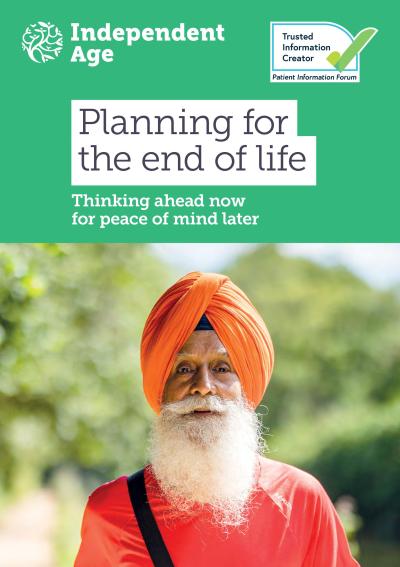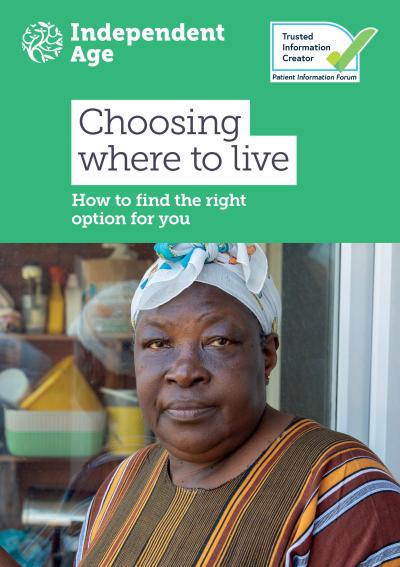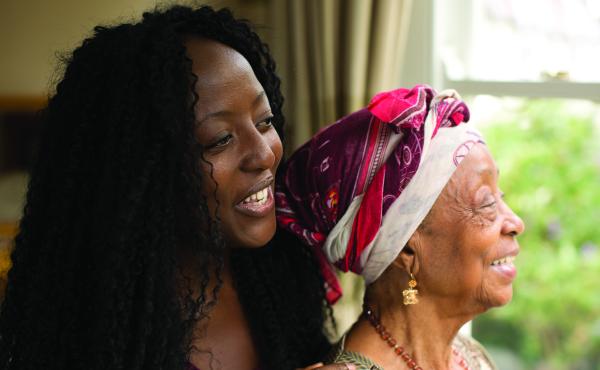Related publications

Planning for the end of life


You may have strong ideas about where you'd like to live and be cared for at the end of your life, and where you would choose to die. This often involves balancing the pros and cons of different options, so it can be helpful to think about these in advance.
Up until three years ago, my mother could go up and down stairs at my home and the realisation that she couldn’t do this anymore was a real watershed moment. We brought a bed from upstairs and made a room for her downstairs. It isn’t ideal though, as we only have a small downstairs cloakroom, so we’re now looking at adapting downstairs to get a small en suite wet room for her.
I think the whole environment of the hospice movement is about openness, about talking about it, and recognising and coming to terms with it.